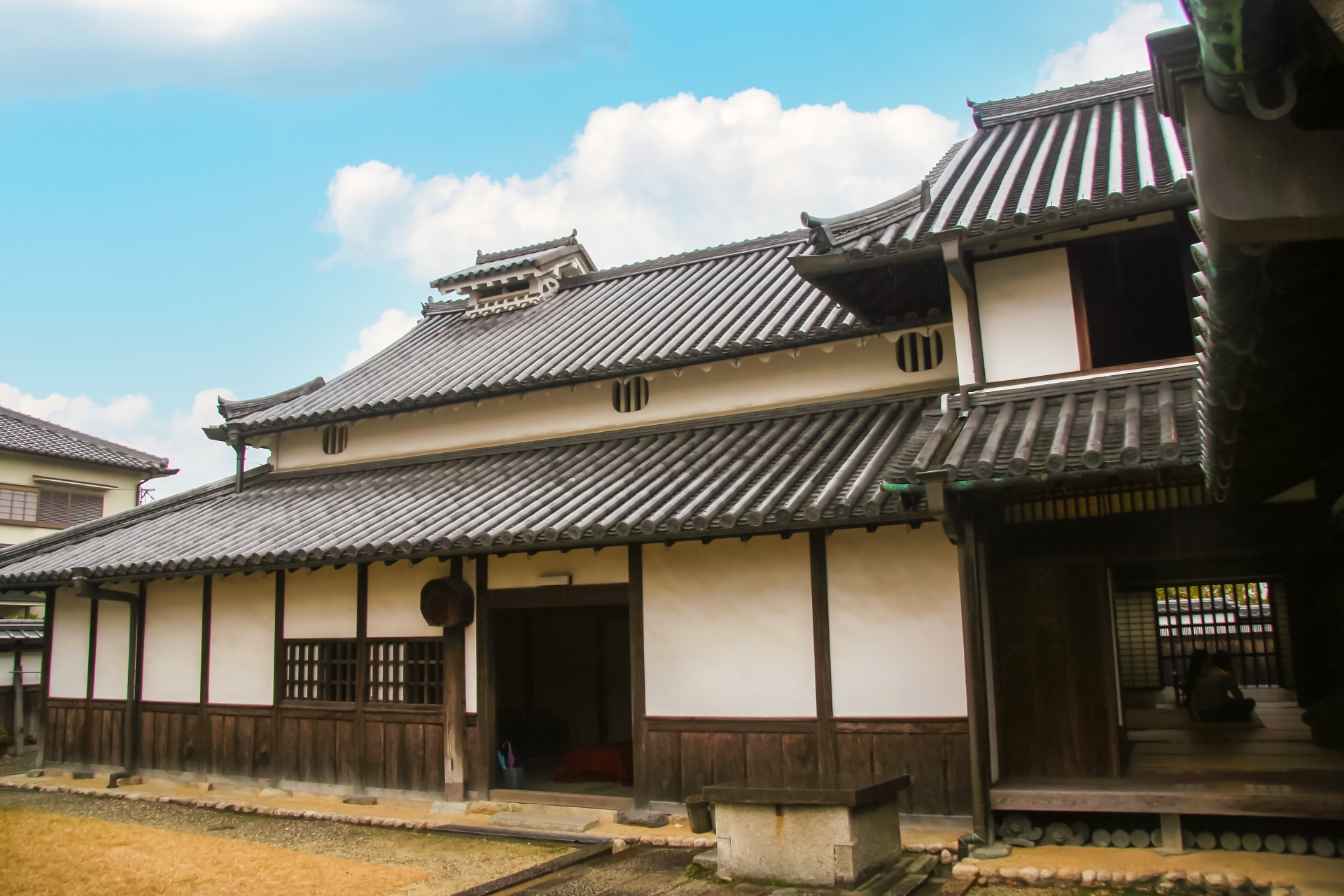Welcome to Niigata
Northwest of the waters the destination of transportation are the ports facing the Sea of Japan. The agriculture is refreshing as it is beautiful with rice fields in the distance that have stories at their roots from the people who are connected to the area and its seasons. The understanding comes from those who have survived the harsh winters that have made for creative ways of life that are seen no where else with a perspective that is fully aware of the power of natural elements. Niigata was known for its blooming flowers, glistening blue seas and the rivers, meaningful fireworks, golden stalks of rice, and its iconic snow.
Niigata was the first of five ports of foreign trade (Kitamaebune Ships) that gave birth to strong industries for Niigata like: Metalworking, Fashion, Textiles, and Preserved Foods.
The prefecture was once divided as the Echigo Province and the Sado Province with flourishing foreign trade, and going way back it was part of the Ancient Koshi province. The foreign ports would show the influence on the residents that created things that were Niigata-style, Niigata-ben, understanding Snow Country, and Spiritual Development. It is also the birthplace of Noh Theatre (dance-drama), home to the Fuji Rock Festival, Ski Resorts, and many Art Events.

Niigata Prefecture is an administrative division of Japan situated in the region of Chubu, on the island of Honshu. Niigata Prefecture has a long coastline along the Sea of Japan and around 25% of the land area is composed of Natural Parks. The capital of the same name, Niigata, is a harbour city cut by the Shinano River. The prefecture has several cities, offering natural hot springs (onsen) and numerous attractions. The city of Tokamachi is known for its snow festival and Yuzawa for its spas and ski resort. The prefecture is famous for its koshihikari rice, one of the best grades in Japan, and also for Sake, a Japanese rice wine.
Population: over 2.2 million inhabitants
Capital: Niigata
Other major cities: Murakami, Shibata, Nagaoka, Kashiwazaki, Sanjo, Yuzawa, Jōetsu, Itoigawa, Myōkō, Sado (Sado Island)
Main attractions: Yahiko Shrine, Hakusan Shrine, Takada Castle, Sado Mine, Niigata City Aquarium, Naeba Ski Resort, Kokuei Echigokyuryo Park, Bandai Bridge, Sato Yuzawa plateau Alpes, Hakusan Park, Oze National Park, Ponshukan Niigata Station, Old Saito Residence, Imayotsukasa Sake Brewery
Nearest Airports: Niigata Airport (KIJ - 新潟空港)
Live Feed: Bandai Bridge Niigata, Japan
Bandai Bridge was inaugurated in 1886 and reconstructed in 1926. It was built to resemble the original bridge and was made of reinforced concrete, granite siding, and six arches.
Bandai Bridge's 75th anniversary, in 2004, was marked with the designation of a national Important Cultural Property. In fact, Bandai Bridge is a fine example of large-scale concrete arch bridges from the Shōwa era, from 1926 to 1989.
Here you are in Chuo Ward, which covers the majority of Niigata city centre and borders the Sea of Japan to the west, as shown on the map below. Along the shore, you will find vast parks, beaches, and the Niigata City Aquarium Marinepia Nihonkai, well known for its dolphin show.

Shinano River Niigata, Japan
Niigata Prefecture
Prepare for your Adventure, to Niigata’s mountain to the ocean landscapes there is much research to be done ahead of time. Understand the laws and follow Japanese signs. Check ahead for current hours and operations. Pick the right activity for your budget level. Bring the appropriate gear for the time of year, including layered-clothes and a all weather-jacket. Enjoy your Visit, to the Prefecture with understanding the social etiquette of others for the best experience. Be considerate to those who are nearby and think of sound pollution as well as being respectful of others time. Be sure to be in well heated areas from the cold, many of which quickly flood with large snow fall. Look for places of danger and avoid entering and carry your trash with you in a bag.
Slow down time, to absorb the gifts of nature and learn about the cultural significance of each region. Support the long-standing local businesses to help the area continue with families and the community. Express appreciation with throwing away ones ego to be at plain level of each person who is met.
Nii-Machiya Architecture
Machiya in Niigata are sometimes called Nii-machiya, a form of defining characteristics of Niigata architecture that shows the form of Machiya found in the prefecture. The Nii- is from Niigata and it means “new”, gata means “lagoon”, and these terms would play into the modifications made of a traditional machiya to make them easier to maintain over time and lower the expensive price tags over what's considered old and outdated. Modern day considerations of materials used prevent older liabilities of greater risk fire damage and updated considerations about modern building safety during earthquakes.
The Traditional Machiya would have been a wooden home with; narrow street frontage, stretching deep into the city block, garden, earthen walls, and baked tile roofs, Shop space, Storage space, sliding or folding shutters, living room, Raised floors, Mat coverings (tatami), an unfloored service space, the kitchen that tends to be in one of the unfloored areas with a kitchen ventilation system. Rear-main residential room, garden, doors could be opened and closed. The protection of such buildings need city government assistance to not be demolished or layed to waste as a “Structure of Scenic Importance”.

Traditional Japanese townhouses machiya designed to cope with heat and earthquakes.






